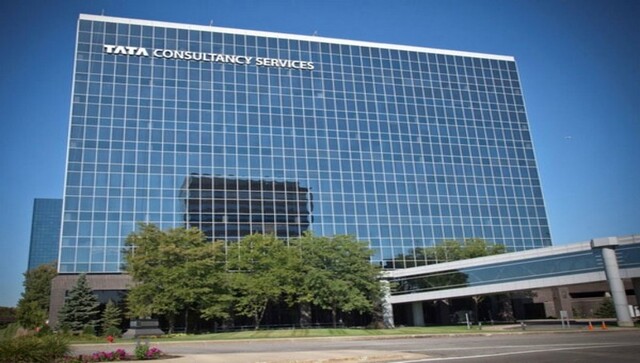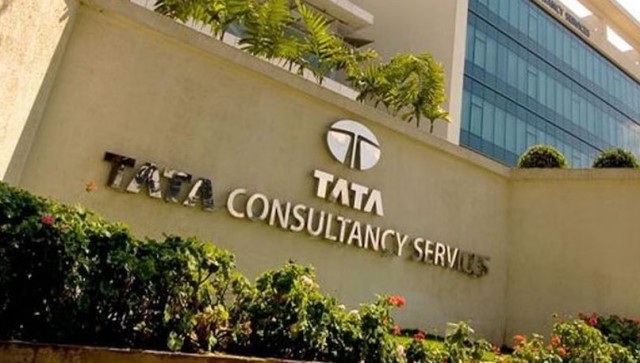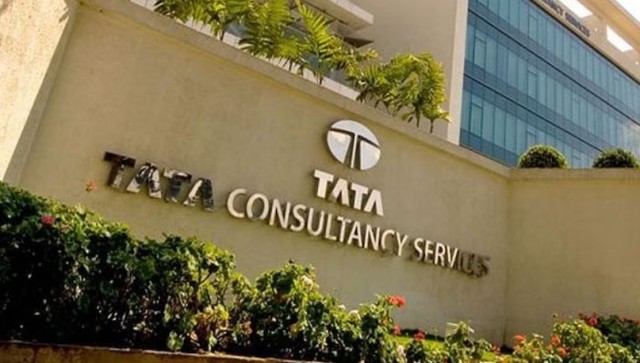Tata Consultancy Services yesterday surprised investors with better-than-expected earnings for the first quarter. Reacting to the numbers and the management comments exuding confidence, the shares of India’s biggest software services exporter rose 3.8 percent today.
Better-than-expected revenue growth reduces the asking rate for achieving management’s guidance of better revenue growth in FY15 than FY14, Reuters said citing a Nomura report.
Brokerages are largely upbeat about the stock after the earnings. Credit Suisse in its research report said the company has started off the fiscal strongly and termed its pace of growth impressive, especially given its size.
“We expect TCS to maintain its growth momentum owing to robust execution capabilities and anticipate it to be one of the prime beneficiaries of the improved demand environment in US, higher offshoring in Europe and traction in the digital space,” Edelweiss said in a note yesterday.
TCS is investing in new technologies such as cloud computing, as it chases high-margin outsourcing contracts to respond to growing competition, another Reuters report said citing the management’s comments after the results.
The mood is upbeat for the stock as investors are betting on the revival, global and domestic, and expect the company to continue outperforming its peers.
Here we take a look at three employee metrics that would explain the rationale behind the sentiment boost.
**1) Lateral hiring:**TCS has said its lateral hiring in the first quarter stood at 8,500. This is highest since March 2011 quarter, says brokerage firm Emkay.
This is a signal of the management’s confidence in the demand environment. “While TCS management remains confident of overall growth prospects citing strong order booking along with healthy deal pipeline, we also find comfort in TCS’s strong lateral hiring during the current quarter,” Emkay said in its post-earnings note.
According to the brokerage, the company has said it expects clients to continue spending on simplification, digital technologies and governance (risk management/ compliance). The company has also said its revenues this year will grow faster than in the last financial year and as always the first half will be stronger than the second half.
“Most companies that have reported so far have called out a constructive industry demand environment. TCS, by virtue of its positioning and execution, should continue to benefit from it,” Credit Suisse has said.
**2) Employee utilisation:**At 85.3 percent, the staff utilisation excluding trainees is at record high for the company. This figure essentially describes the billability of its staff’s time spent. It is also an efficiency metrics of the company.
( Source: Emkay)
According to IIFL, the all-time high staff utilisation has been “driven by robust volume growth and focus on productivity”. “TCS’s OPM (operating profit margin) contracted by lower-than-anticipated 208bps qoq to 28.8% aided by a material 150bps improvement in employee utilization levels,” it noted. Commenting on the margin decline a 220 bp impact was because of wage increases that took place during the quarter, 70 bp due to the rupee’s appreciation against the dollar and 80 bp owing to the new depreciation norms. Emkay notes that the higher staff utilisation and operational efficiencies provided a 90 bps support to the margins. However, IIFL said going ahead utilisation is bound to somewhat normalise and so sustaining margin above 30 percent in the longer term will be difficult.
**3) Attrition:**This one number explains how confident employees are about their company. At 12 percent, TCS’s attrition is the lowest in the industry.
“LTM attrition remains much lower than industry at 12%; above-average salary hikes, regular promotions and strong growth delivery is keeping attrition under check,” said IIFL report. A comparison with the corresponding figures of its rival Infosys will give a clearer picture. Attrition rate at Infosys increased to 19.5 percent during April-June despite the company giving two wage hikes last year, indicating the lower confidence level of the staff in the company.


)




)
)
)
)
)
)
)
)